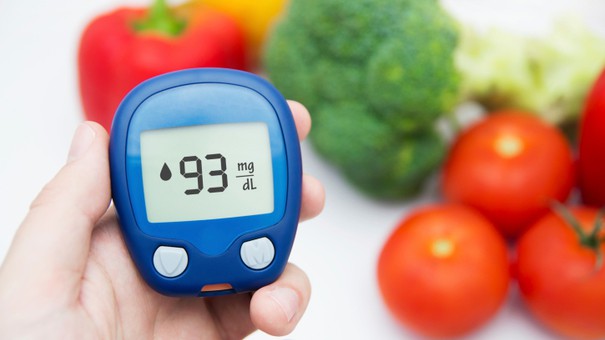Humans are naturally born with a sweet tooth that’s why we always make room for dessert even if we feel like we can no longer eat another meal. There is no problem with eating sweets especially when you’re preparing for an exam, trying to comfort yourself after a bad breakup, or you just want to feel good. The only time that the consumption of sweets becomes a problem is when it’s done daily. Overconsumption of sweets cause the blood sugar levels to rise, which may eventually lead to diabetes.
How will you know if you have high blood sugar? You need to pay close attention to what’s happening in your body. Do you always have stomach problems? Do you feel like you’re always hungry or thirsty? Do you always feel bloated even if you decided to limit your daily intake of calories? If most of your answers are yes, then there’s a huge possibility that you have high blood sugar.
The common misconception that most people have is this: high blood sugar is a problem that only people with diabetes have. Wrong. Anyone is a candidate for high blood sugar. People whose diets include cakes, candies, and sodas are the top candidates for obvious reasons. When the blood sugar levels remain high for a long time, it can lead to serious health problems.
Factors that Cause High Blood Sugar:
Here are some factors that cause high blood sugar:
- Stress
- Poor diet
- Over-the-counter drugs
- Not enough exercise
- Serious health conditions
Signs that You Have High Blood Sugar:
When you have high blood sugar levels, it does not automatically mean that you are suffering from diabetes. It is, however, a warning that you are at risk for diabetes and that you must take action immediately. Other symptoms of high blood sugar are:
- Impotence
- Regular stomach problems
- Dry mouth
- Dry, flaky, and itchy skin
- Nerve problems
- Constant hunger
- Frequent urination(sometimes even when you’re sleeping)
- Increased thirst
- Frequent exhaustion and fatigue
- Weight gain and excess abdominal fat
- Short attention span
- Slow healing of wounds and cuts
- Recurrent infections
- Blurred vision
Blood sugar levels can be lowered by following the Glycemic Index Food List
Having high blood sugar is not something that should be taken lightly. Once you notice the symptoms, you must do your best to change your diet and stick to foods with low GI values. The Glycemic Index (GI) is a helpful tool for those who need to lower their blood sugar levels. It is a numerical index with a scale from zero to one hundred, where foods that cause the blood sugar levels to increase are given higher values. A GI of 100 is given to pure glucose.
The GI shows the ranking of carbohydrates, depending on their glycemic response. This list is helpful because it shows which foods cause the blood sugar levels to spike and which ones are safe. Foods that have a high glycemic index are easily digested and absorbed by the body. Now before you think that that’s a good thing, here’s something you must know: these foods cause the blood sugar levels to fluctuate. This explains why you feel the need to eat in between meals even if you’re not hungry. Unfortunately, this translates to wolfing down chocolate bars, sodas, chips, and other unhealthy food.
Foods that have a low GI are slowly digested and absorbed by the body. As a result, blood sugar levels increase gradually. This controls your cravings and limits your intake of foods that contain zero nutrients. Low GI foods are packed with nutrients that are highly beneficial to the body. They also help lower insulin levels and decrease insulin resistance, which makes them effective in preventing the signs and symptoms of high blood sugar. These low GI foods are perfect for those who want to lose weight since they manage your appetite and delay your hunger.
One of the things you must take note of when you’re shifting to a low glycemic diet is that you must do it moderately so your body can adjust to your new diet. You can start by replacing high GI foods with those that have a moderate GI value. After a few weeks, you can start replacing moderate GI foods with those that have a low GI value. Whether you’re trying to lose weight and get rid of excess fat, prevent high blood sugar, or you just want to eat healthy, using the GI food list is an excellent way to start. By paying close attention to the ranking of each good on the GI, you know which ones will help you achieve your goal, and which ones won’t. Take note that our bodies respond differently to various foods so have your blood sugar levels checked at least two hours after eating.
